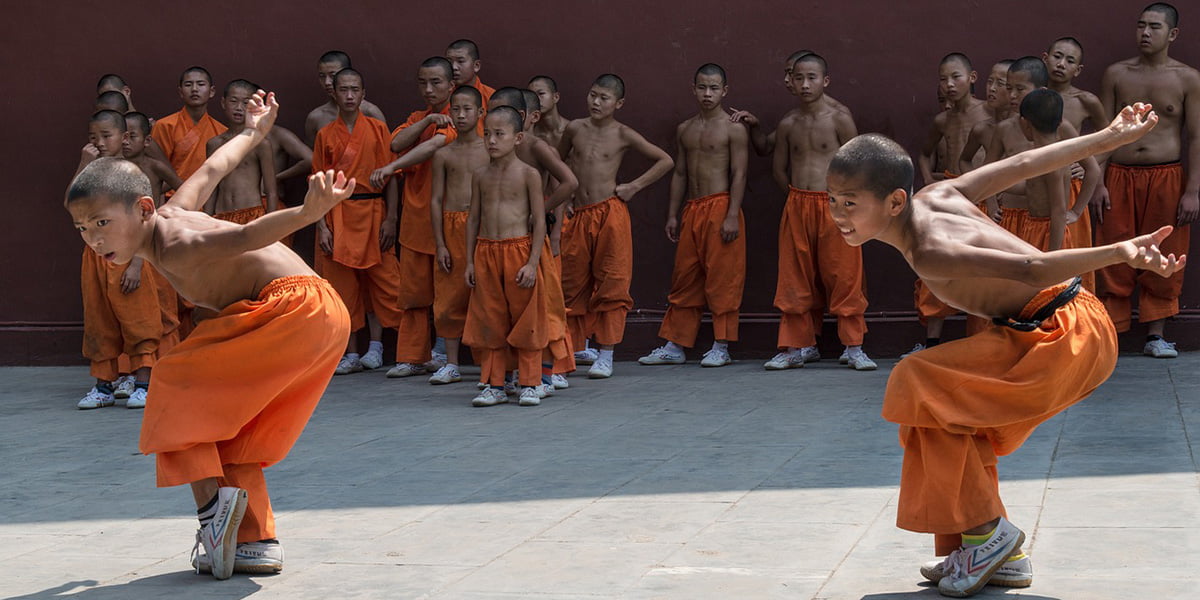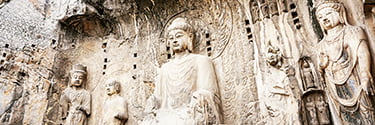Unveiling the Elegance: Chinese Traditional Clothing and Travel Adventures
China, a land of ancient wonders, boasts a cultural heritage that spans millennia. It’s a place where tradition and modernity coexist harmoniously, captivating travelers from all corners of the globe. One of the most enchanting aspects of Chinese culture is its traditional clothing, which is a vivid reflection of the nation’s history and values. In this journey through time and style, we’ll explore the fascinating world of Chinese traditional clothing, from the intricate Hanfu to the elegant Qipao, and discover how they are intertwined with the art of traveling across China.
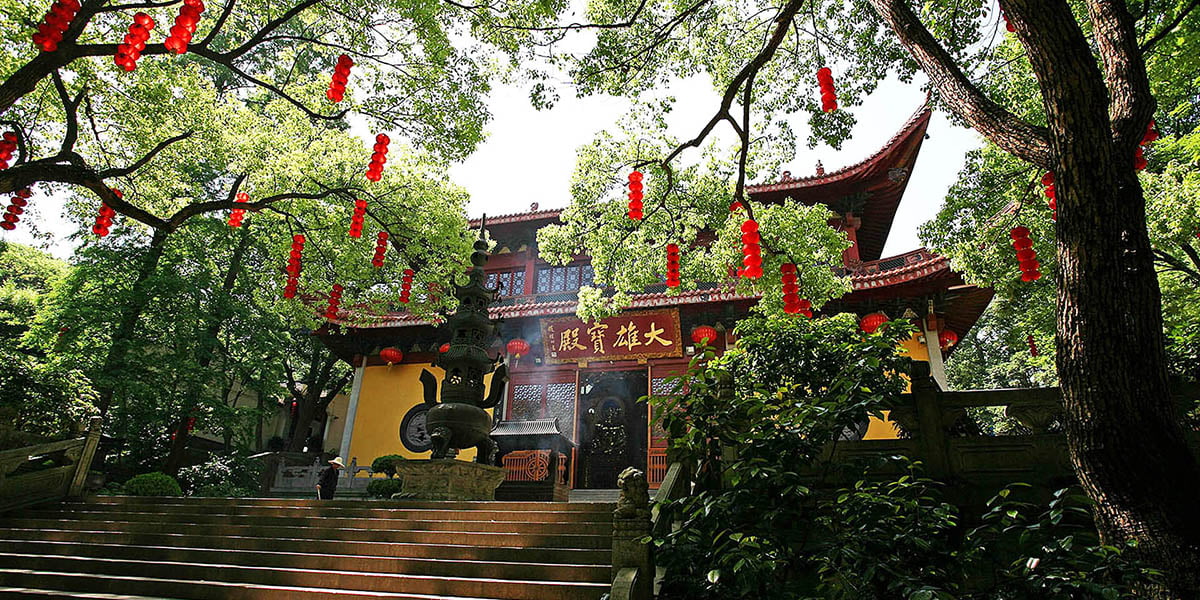
The Hanfu: Echoes of Dynasties Past
Our journey into the world of Chinese traditional clothing begins with the Hanfu, a style deeply rooted in the historical fabric of China. Originating from the Han Dynasty (206 BCE – 220 CE), the Hanfu is a symbol of elegance, grace, and timeless beauty.
As you wander the ancient streets of Xi’an, the capital of Shaanxi province, you’ll feel as though you’ve stepped back in time. Picture yourself dressed in a Hanfu, strolling through the bustling markets near the city’s iconic Bell Tower. The flowing sleeves and delicate embroidery of the Hanfu will transport you to an era of emperors and poets.

The Evolution of Chinese Attire
As the centuries rolled on, Chinese traditional clothing evolved, embracing diverse influences and regional flavors. The Tang Dynasty (618-907 CE) introduced the majestic Tangzhuang, characterized by its flowing lines and exquisite brocade. In Suzhou, known as the “Venice of the East,” you can explore the intricate gardens while adorned in the timeless elegance of a Tangzhuang, savoring the melding of natural and man-made beauty.
The Song Dynasty (960-1279 CE) gave rise to the minimalist yet sophisticated Songpao, perfect for exploring the ancient water towns of Wuzhen, where tranquil canals and well-preserved architecture beckon. With a Songpao, you’ll blend seamlessly into the scenic landscapes, enhancing your travel experience.
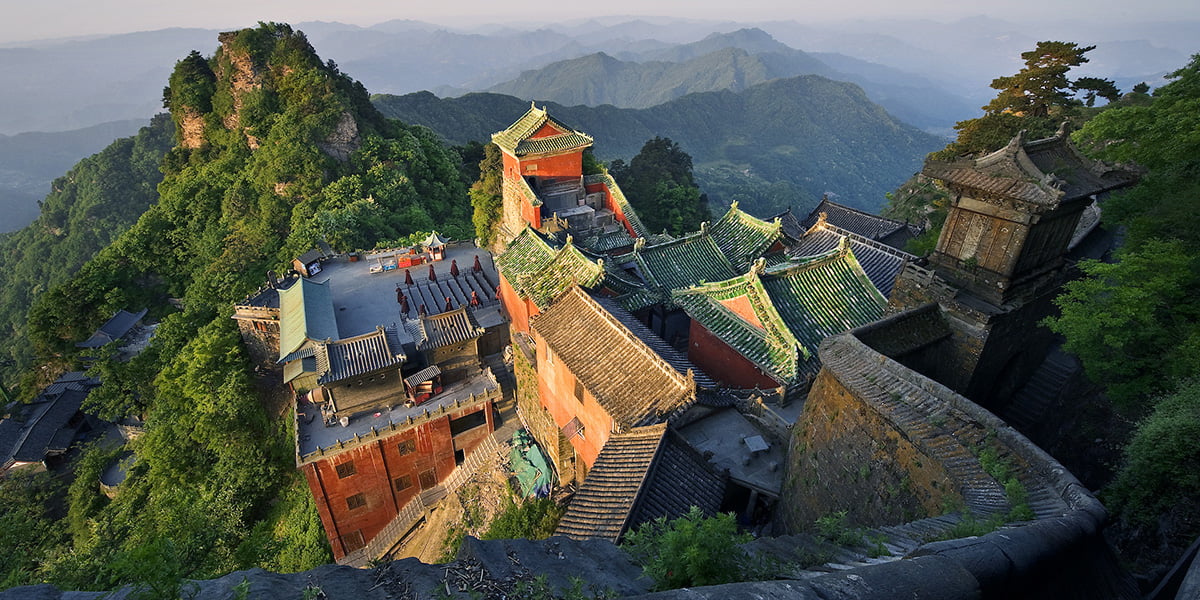
The Qipao: A Modern Icon
Fast forward to the 20th century, and we arrive at the Qipao, a masterpiece of Chinese fashion that emerged in Shanghai. Known for its form-fitting silhouette and high neck, the Qipao exudes an air of sophistication and sensuality. While the Qipao is associated with cosmopolitan Shanghai, it has transcended regional boundaries to become a symbol of modern Chinese style.
Wearing a Qipao, you’ll feel like a character from a Shanghai noir film as you explore the glamorous Bund area, with its iconic skyline illuminated by neon lights. The juxtaposition of tradition and modernity is palpable here, making it a must-visit destination for those seeking to embrace both the past and present of Chinese culture.
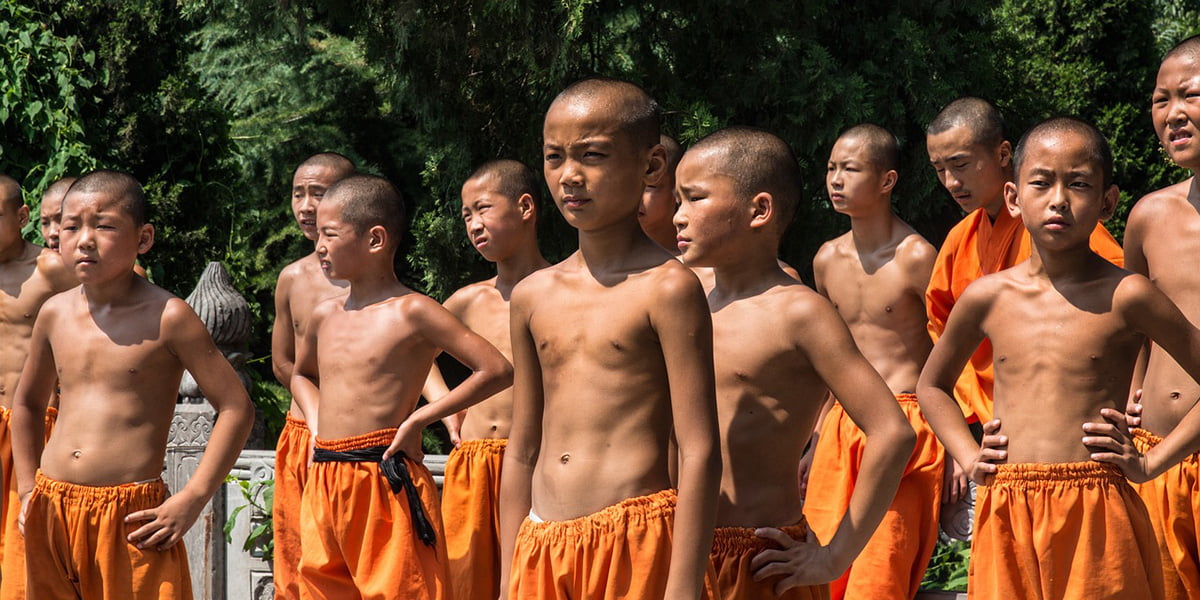
The Cultural Significance of Traditional Attire
Chinese traditional clothing is more than just beautiful garments; it carries profound cultural significance. The Hanfu, for instance, symbolizes a connection to the roots of Chinese civilization, embodying Confucian values of modesty and humility. When wearing a Hanfu, you’ll feel a deeper connection to the country’s history and its enduring traditions.
In contrast, the Qipao represents a modern, cosmopolitan China, embracing change and innovation while honoring its heritage. It’s a testament to the resilience of Chinese culture, adapting to the challenges of the 20th century and emerging stronger than ever.
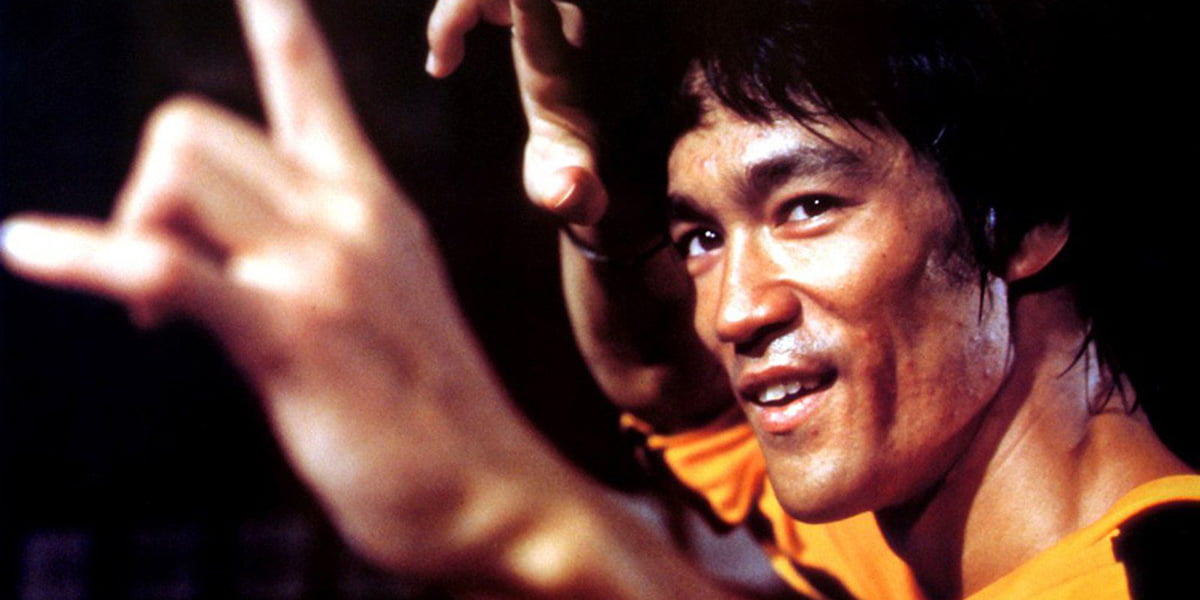
The Role of Traditional Clothing in Travel
Now, you may wonder, how does traditional Chinese clothing tie into the travel experience? Well, the answer lies in the way it enriches your journey through China.
Imagine exploring the Forbidden City in Beijing, its grandeur matched only by the imperial robes of dynastic rulers. Donning a Hanfu while wandering through this vast palace complex, you’ll feel like an emperor or empress, gaining a deeper appreciation for the historical significance of this architectural marvel.
In Suzhou, known for its classical Chinese gardens, wearing a Tangzhuang allows you to immerse yourself in the poetic ambiance of these UNESCO World Heritage sites. Your attire becomes a bridge connecting you to the artisans and scholars who once walked these same gardens.
In Shanghai, a Qipao provides the perfect attire for experiencing the city’s dynamic nightlife and vibrant arts scene. Whether you’re enjoying a traditional tea ceremony or attending a contemporary art exhibition, the Qipao lends an air of elegance to your adventures.
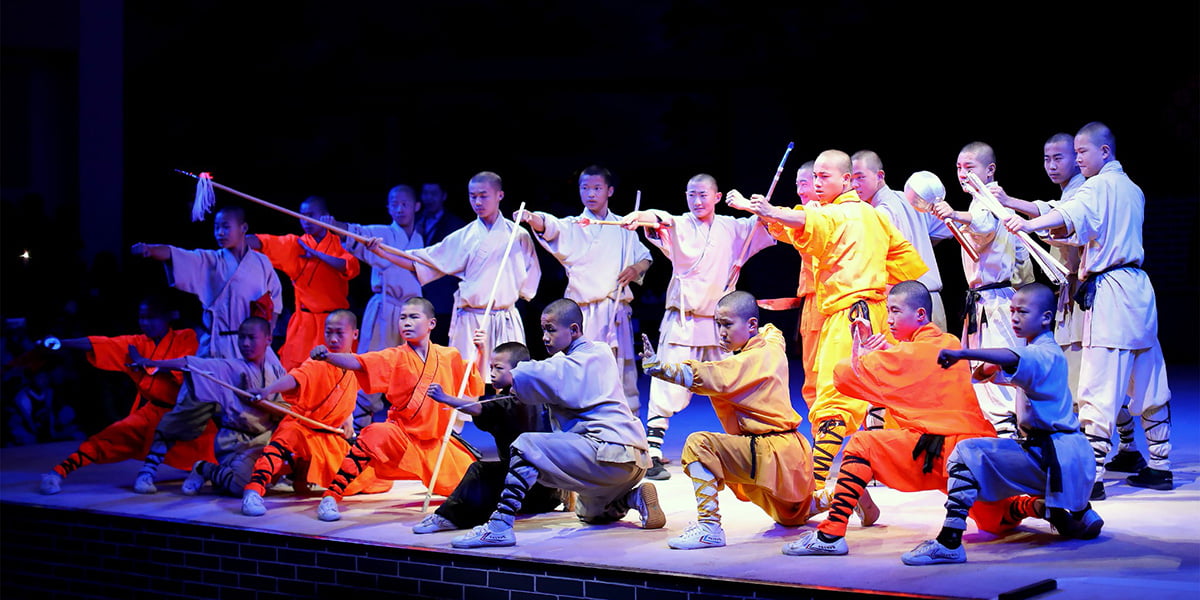
Where to Find Traditional Chinese Clothing
Now that you’re captivated by the allure of Chinese traditional clothing, you might be wondering where to acquire these exquisite garments.
- Local Markets: While traveling in China, explore local markets and boutiques, especially in cities like Beijing, Xi’an, and Shanghai. These markets often offer a wide selection of traditional clothing, and bargaining is a part of the experience.
- Custom Tailors: For a truly personalized experience, consider having a Hanfu, Tangzhuang, or Qipao custom-made. Many cities, including Suzhou and Beijing, boast skilled tailors who can create the perfect garment for you.
- Online Retailers: If you want to plan your attire ahead of your trip or simply prefer the convenience of online shopping, numerous websites offer authentic traditional Chinese clothing.
Cultural Sensitivity and Respect
When wearing traditional Chinese clothing, it’s essential to do so with cultural sensitivity and respect. Each style of clothing has its own history and connotations, so take the time to learn about them and adhere to appropriate etiquette.
Remember that these garments hold deep significance for many Chinese people, so wearing them respectfully is essential. Always be open to learning and embracing the cultural nuances associated with traditional clothing.
Conclusion
Traveling through China is a journey through time and culture, and there’s no better way to immerse yourself in this rich tapestry than by donning traditional Chinese clothing. From the regal Hanfu to the elegant Qipao, these garments allow you to connect with the heart and soul of China, experiencing its history, diversity, and timeless beauty.
So, whether you’re exploring the ancient wonders of Xi’an, the picturesque water towns of Suzhou, or the modern marvels of Shanghai, consider adding a touch of tradition to your travel wardrobe. By embracing Chinese traditional clothing, you’ll not only look the part but also feel a deeper connection to the captivating culture of this extraordinary nation.
As you embark on your next adventure to China, remember that the journey is not just about the places you visit; it’s about the experiences you create and the stories you’ll carry with you for a lifetime. And what better way to tell those stories than through the lens of Chinese traditional clothing?


